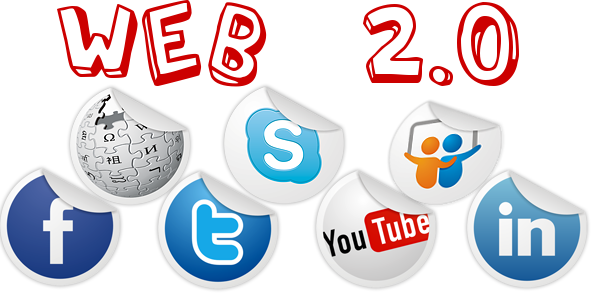Web 2.0 refers to dynamic Web applications that allow people to collaborate and share information online. One of the basic concepts associated with Web 2.0 is a shift in the users’ role from passive consumer of content to creator. Web 2.0 applications have spawned the emergence of social software that people widely use for communicating and socializing. Increasingly, organizations are using social software to connect with customers and internal or external stakeholders in order to become more innovative or productive.
Social software can help to harness the wisdom of the crowd by leveraging the collective intelligence of large groups of people. For organizations, using Web 2.0 applications can be an important factor in being able to attract or retain employees as younger generations (who grew up using social software) are joining the workforce.
How organizations can enhance communication using Web 2.0 applications
Social software can enhance communication within organizations as well as between an organization and its stakeholders. Blogs, made up of chronological entries that comment on virtually any topic of interest to the author, are widely used by individuals and organizations to communicate with internal and external stakeholders. Social presence (or microblogging) tools allow sending relatively short status updates to one’s followers. Instant messaging (or online chat) is used mainly for synchronous internal communication as well as for sales and customer support functions. Virtual worlds can be used to showcase products or hold rich interactive communication.
How organizations can enhance collaboration using Web 2.0 applications.
Web 2.0 technologies have enabled new forms of collaboration for organizations and individuals. With increasing globalization, virtual teams and virtual meetings have become more important for organizations. These and other technologies have enabled Web-based collaboration tools such as Google Apps or Microsoft SharePoint as well as content management systems. The users are central to the new Web environment and are no longer passive viewers of information.
As the Web has evolved, individuals can now generate content using several methods, such as wikis, which are Web sites in which people can post, edit, comment, and access information. The idea behind wikis is that they allow anyone to contribute information or edit prior contributions. Another emerging topic in the Web 2.0 environment is crowdsourcing, or the use of everyday people as a cheap labor force

